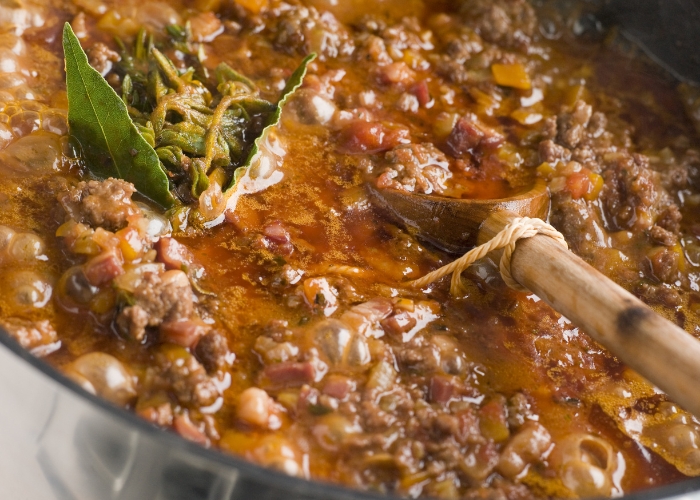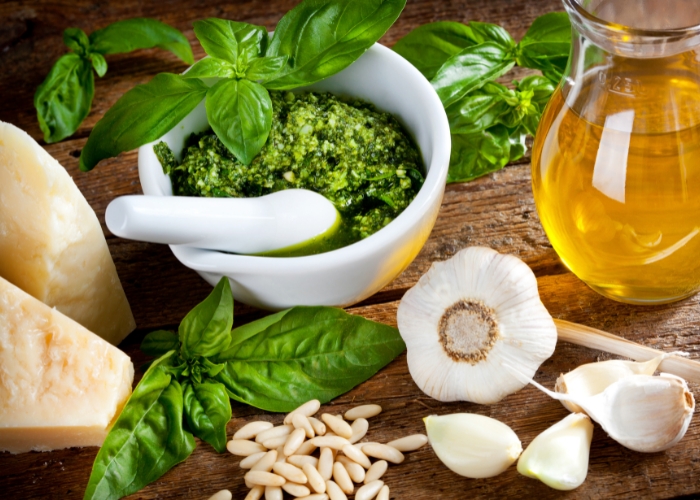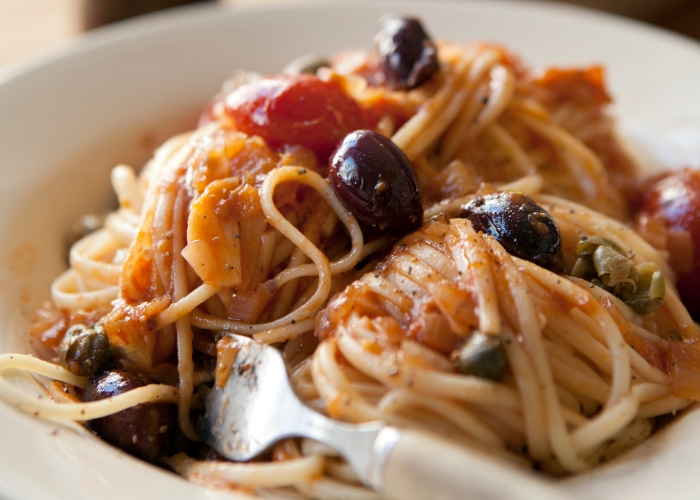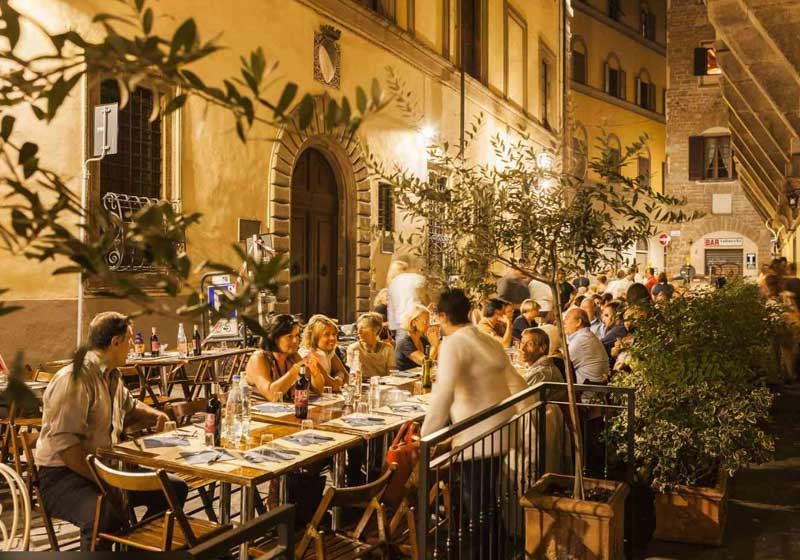By Laura Rancie.
Depending on where you get your sauces (or sources) from, it is said that Italy alone has more than 350 varieties of pasta in all shapes, sizes and colours. If we were to look at the entire world with cultural variations and traditions it could be up to 600 types.
In Italy, the type of sauce paired with a respective shape is important! By studying the region it comes from and the structure of the pasta you may discover clues as to which type of sauce it was created for.
The region of Italy that you are visiting or perhaps only just daydreaming about will also reveal clues as to what it best produces and how to eat it. For example, take the Northern part of Italy – the top end of the boot, where mountainous terrains like the Dolomites or the Alps and cold temperatures would favour meaty sauces, whereas the Southern part of Italy where the warm Mediterranean climate is perfect for harvesting tomatoes, lemons, eggplants and olives, could be ideal for a lemon and olive oil-based pasta.
BOLOGNESE:
At AGFG, we are passionate about food and the food that stems from the regions we come from. Our very Italian Operations Manager will very passionately argue that Bolognese is not Italian!
He explains that the closest version to what we recognise as Bolognese, in Italia would be a slow-cooked pork and veal ragu served with tagliatelle, with variations including pork shoulder, white wine, Parmesan rinds, nutmeg and porcini mushrooms. Pair this sauce with tagliatelle, pappardelle or a tubular pasta. Delizioso.

CARBONARA:
Ask any Italian and you will know that Carbonara does NOT contain cream or bacon. Famous UK-based Chef, Nigella Lawson was slammed for adding cream and nutmeg into hers and similarly American-based The New York Times offended American Italians by including a recipe with tomatoes in their Carbonara.
The true version does not contain any of the above but heroes Pecorino Romano or Parmigiano Reggiano, eggs, pepper and an ingredient called guanciale – I actually just use pancetta. For those of you wondering, guanciale is 100% pork and tastes somewhat stronger than pancetta with a full-bodied flavour, but pancetta works just fine. A crucial element to a perfect sauce is reserving the pasta water to add silkiness to the sauce. Pair with spaghetti. Magnifico!

PESTO:
Completely free of meat, this is an absolute favourite in the Liguria region of Italy. Genoa its capital, is the birthplace of Italian pesto and stems back to the 16th Century, consisting of crushed garlic, basil and pine nuts blended with a Parmesan and olive oil. The word pesto means to pound or crush referring to the way the sauce is prepared in a mortar and pestle, which is the best way to release a full-bodied basil leaf aroma.
While there are quite a few versions of pesto, to recognise and pay respect to the original, it is referred to as pesto Genovese. It is best paired with pasta shapes that have grooves and curls, to catch the chunks and flavour and act as a carrier. Squisito!

PUTTANESCA:
While this is the name of an Italian sauce, it is also a reference to ‘in the style of a whore’ or ‘prostitute’ - potentially originating from World War II when women were forced to turn towards sex work and in between ‘clients’ they threw together a comforting but easy sauce to eat with their pasta.
Another theory stems from the fact that this is such an easy sauce to pull together with a vibrant strong taste rooted in Italian flavours, it was given the nickname ‘puttanata qualsiasi’, meaning ‘just make us whatever’. Puttanesca will always have tomatoes, black olives, EVOO, garlic, capers and oregano (hence, it’s simplicity if you happen to have all those ingredients on hand.
That’s the Napoli version, but further North in Roma, they tend to add anchovies as well. The perfect pasta pairing for this will be spaghetti or penne. È saporito!









